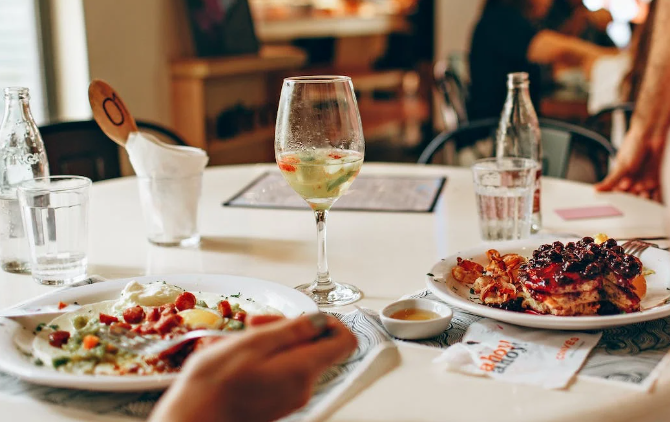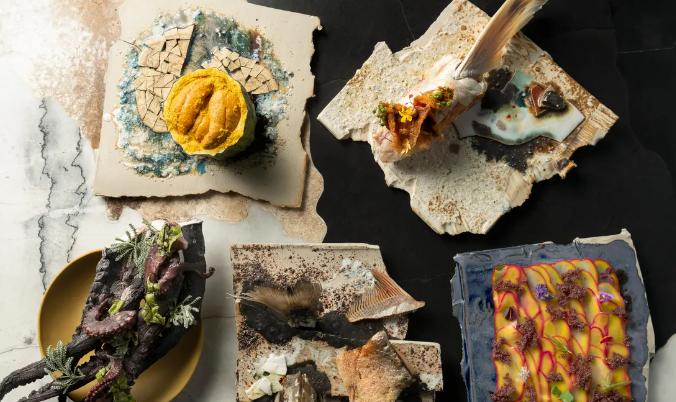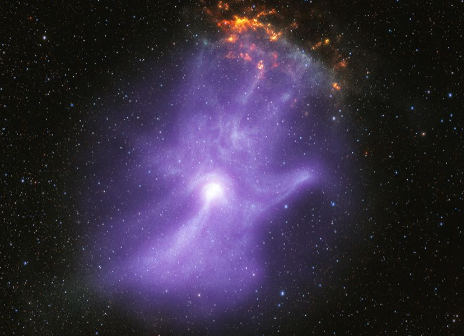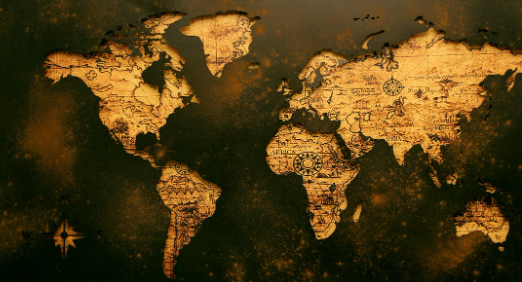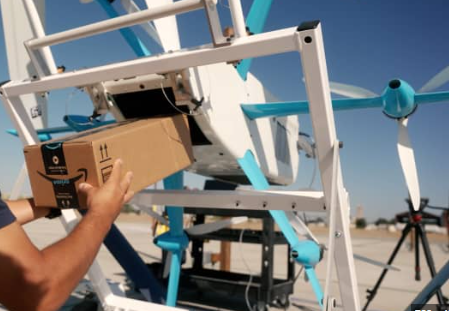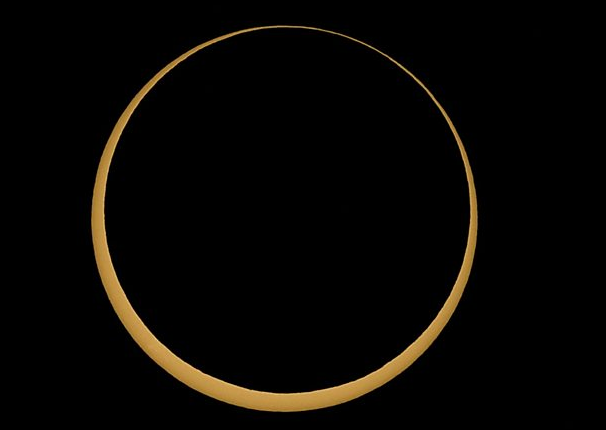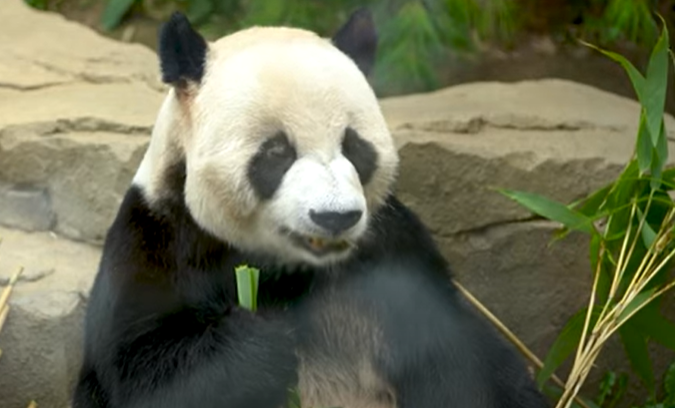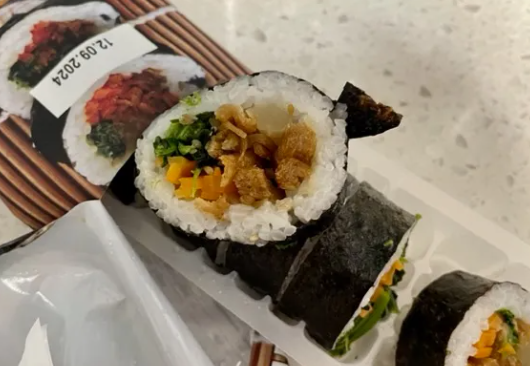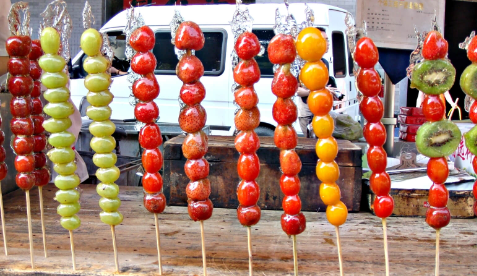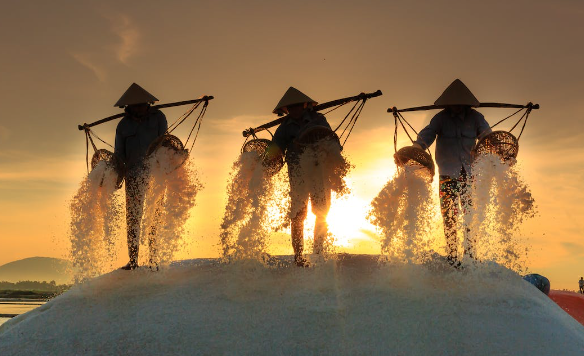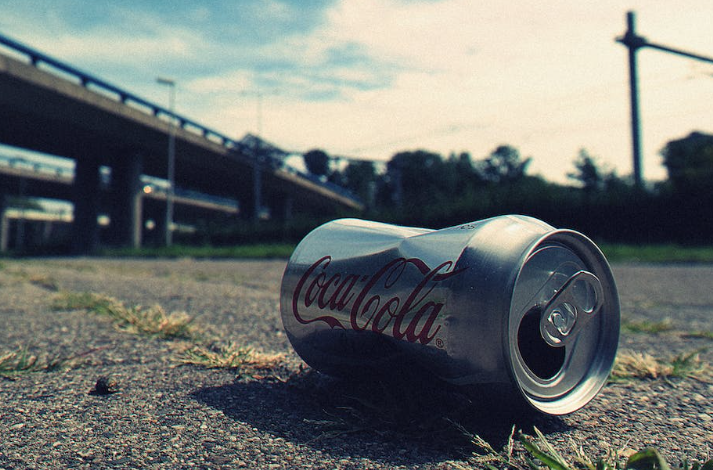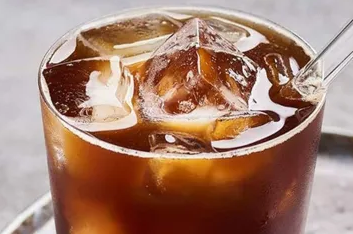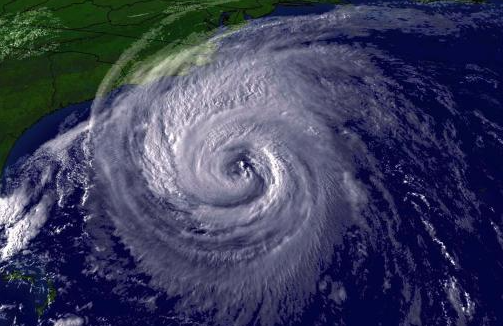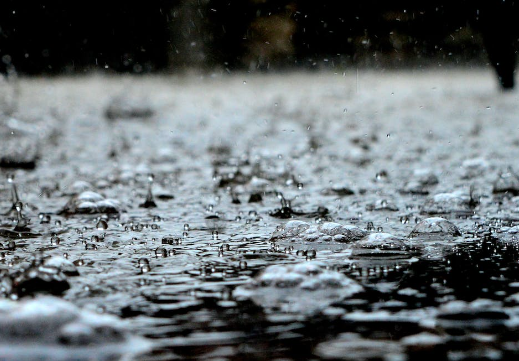Delicious Disaster: Blue Crabs Invade Italy
Atlantic blue crabs have invaded Italian waters and are threatening the country’s shellfish industry. The crustaceans have no natural predators in the Adriatic Sea. Some officials worry that Italy’s entire fishing industry could be threatened if they don’t get a handle on the problem.
대서양 꽃게가 이탈리아 해역을 침범해 이탈리아의 조개 산업을 위협하고 있습니다. 이 갑각류는 아드리아해에 천적이 없습니다. 일부 관계자들은 이 문제를 해결하지 못하면 이탈리아 수산업 전체가 위협을 받을 수 있다고 우려하고 있습니다.
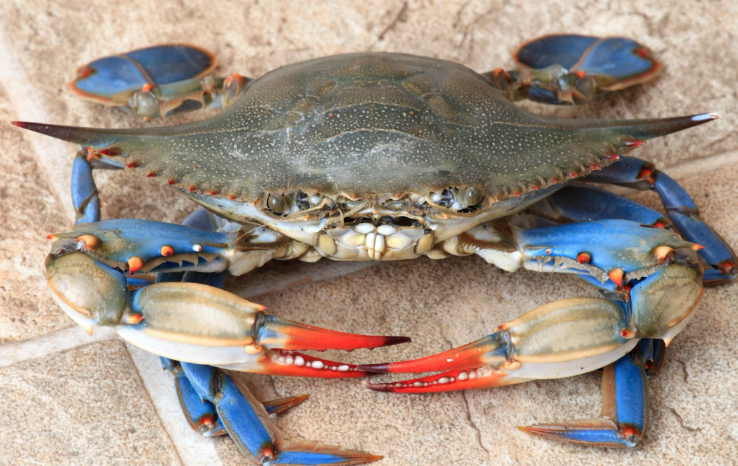
In the shallow waters of the Scardovari lagoon, fishers catch clams for Italy's beloved spaghetti alle vongole, alongside mussels and oysters. But an invader risks putting them out of business.
The blue crab, native to the North American Atlantic coast, has been present across the Mediterranean for years but in recent months has become a serious problem on Italy's northeastern coast.
Scardovari 석호의 얕은 물에서 어부들은 홍합, 굴과 함께 이탈리아에서 사랑받는 스파게티 봉골레용 조개를 잡습니다. 그러나 침입자가 사업을 중단시킬 위험이 있습니다.
북아메리카 대서양 연안이 원산지인 이 꽃게는 수년 동안 지중해 전역에 서식했지만 최근 몇 달 동안 이탈리아 북동부 해안에서 심각한 문제가 되고 있습니다.
Excellent swimmers and weighing up to 1 kilogram, they eat almost everything, while their sharp, blue-tinted claws are particularly adept at prying open clam shells.
The blue crabs are eating everything. This stretch of lagoon is becoming a desert.
수영을 잘하고 무게가 최대 1kg에 달하는 그들은 거의 모든 것을 먹으며, 날카로운 푸른색 집게발은 특히 조개 껍질을 캐는 데 능숙합니다.
꽃게가 다 먹어치우고 있습니다. 이 석호가 사막으로 변하고 있습니다
The fishermens’ association Fedagripesca-Confcooperative reports that the crabs have already eaten up nearly 90 percent of young clams and cost Italy about €100m ($107.2 million U.S.). Italy is Europe’s largest clam producer and the third largest in the world (after China and South Korea).
어민 협회 Fedagripesca-Confcooperative는 게가 이미 어린 조개의 거의 90%를 먹어치웠으며 이탈리아에 약 1억 유로(1억 720만 달러)의 손실을 입혔다고 보고했습니다. 이탈리아는 유럽 최대의 조개 생산국이자 세계 3위(중국, 한국에 이어)입니다.
In fact, the situation has become so dire that in some regions of Italy, a state of emergency has been declared, and rewards have been offered for capturing these invasive blue crabs.
실제로 상황이 너무 심각해지면서 이탈리아 일부 지역에서는 비상사태가 선포됐고 꽃게 포획에 대한 보상이 제공되기도 했습니다.
The blue crab is originally native to the western Atlantic Ocean, but rising water temperatures have facilitated their spread to the Mediterranean coast, including Italy and Spain. Scientists estimate that they can lay up to two million eggs annually.
꽃게는 원래 대서양 서부가 원산지이지만 수온이 상승하면서 이탈리아와 스페인을 포함한 지중해 연안으로 확산이 용이해졌습니다. 과학자들은 이 꽃게들이 매년 최대 200만 개의 알을 낳을 수 있다고 추정합니다.
Tunisia faced a similar crisis in 2014 when the blue crab population surged, but it managed to turn this challenge into an opportunity by exporting substantial quantities to various Asian countries, including South Korea, China, Japan, and Thailand, starting in 2017.
튀니지는 2014년 꽃게 개체수가 급증하면서 비슷한 위기에 직면했지만, 2017년부터 한국, 중국, 일본, 태국 등 다양한 아시아 국가에 대량 수출하며 위기를 기회로 만들었습니다.
The revelation that blue crabs, a cherished seafood delicacy in Korea, have become a troublesome presence in Italy has sparked significant interest among Korean food enthusiasts.
한국에서 소중한 해산물 별미인 꽃게가 이탈리아에서 골칫거리가 되었다는 사실이 알려지면서 한국 음식 애호가들 사이에 상당한 관심을 불러일으키고 있습니다.
In response, the notion of exporting these crabs to other Asian nations, including Korea, has gained traction and is now evolving into a reality.
An importer specializing in crabs located in Incheon, South Korea, has initiated the official process for importing blue crabs from Italy.
이에 따라 이 게를 한국을 비롯한 다른 아시아 국가로 수출한다는 생각이 주목을 받았고 이제 현실로 나타나고 있습니다.
대한민국 인천에 위치한 꽃게 전문 수입업체가 이탈리아에서 꽃게를 수입하기 위한 공식 절차를 시작했습니다.


